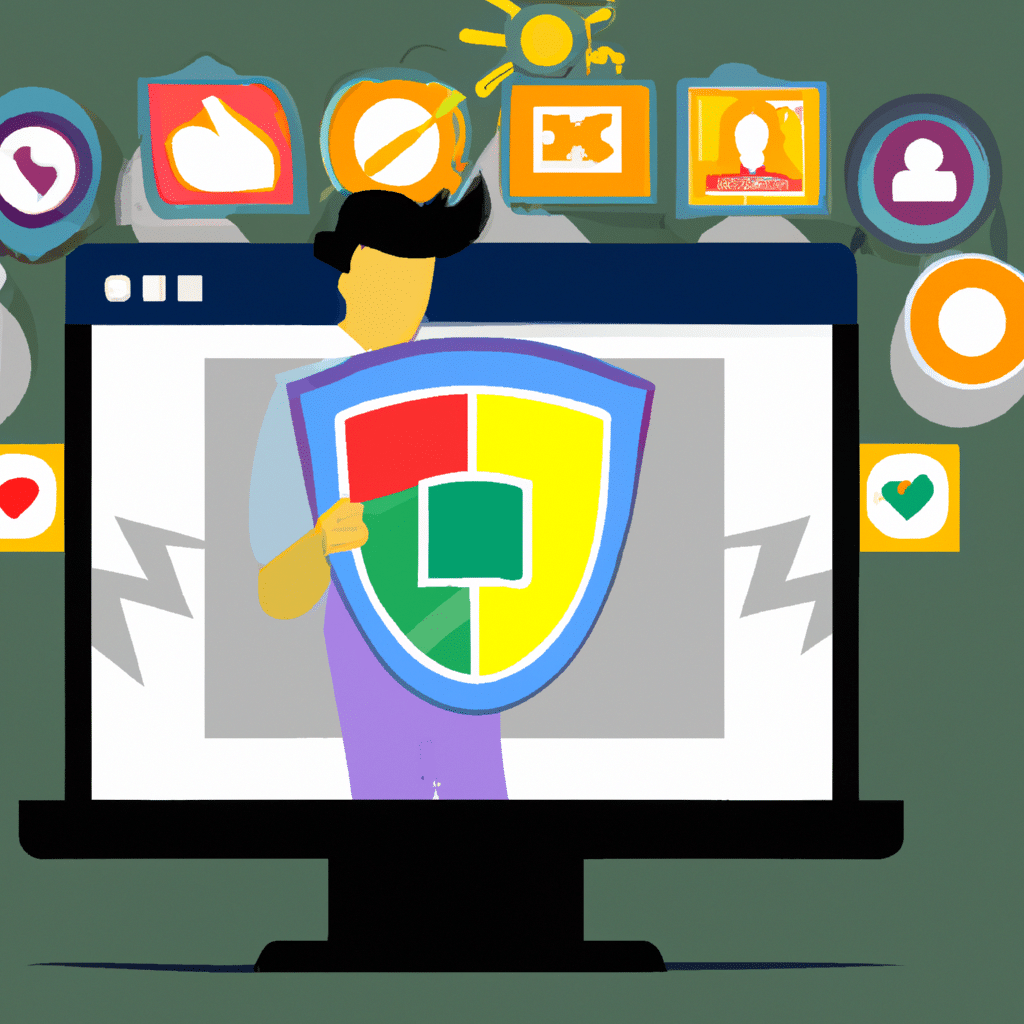In today’s digital age, photos and videos are ubiquitous. With the rise of social media and online sharing platforms, it’s never been easier to share your memories with friends and family. However, with this convenience comes a risk: the possibility of losing your online photos and videos to hackers, viruses, or even accidental deletion. In this article, we’ll explore the best ways to protect your online photos and videos, ensuring that they remain safe and secure for years to come.

Understanding the Risks
Before we dive into the various methods of protecting your online photos and videos, it’s important to understand the risks associated with storing your media online. The most obvious risk is the possibility of your accounts being hacked. If a hacker gains access to your accounts, they can delete your photos and videos or even hold them for ransom. Additionally, viruses and malware can infect your devices and wipe out your media.
Another risk that many people overlook is the potential for accidental deletion. If you’re not careful, you could accidentally delete your photos and videos without a backup, leaving you with no way to recover them. It’s also important to note that not all online platforms are created equal. Some services may not have adequate security measures in place, making them more vulnerable to attacks.
Best Practices for Protecting Your Online Photos and Videos
Now that we’ve covered the risks, let’s take a look at some best practices for protecting your online photos and videos.
1. Use Strong Passwords and Two-Factor Authentication
The first and most important step in protecting your online photos and videos is to use strong passwords and enable two-factor authentication. When creating passwords, make sure to use a combination of letters, numbers, and symbols, and avoid using easily guessable information like your name or birthdate. Additionally, enabling two-factor authentication adds an extra layer of security by requiring a code in addition to your password to access your accounts.
2. Backup Your Media
One of the most effective ways to protect your online photos and videos is to backup your media regularly. This means creating copies of your media and storing them in a secure location, such as an external hard drive or cloud storage service. By doing this, you’ll have a backup in case your accounts are hacked or your devices are compromised.
3. Use a Secure Online Storage Service
When choosing an online storage service, it’s important to choose one that has strong security measures in place. Look for services that use encryption to protect your data and have a track record of good security practices. Some popular options include Google Drive, Dropbox, and iCloud.
4. Be Careful What You Share
Another important factor in protecting your online photos and videos is to be careful what you share. Avoid sharing sensitive information such as your address or phone number, and be mindful of who you share your media with. Additionally, be wary of scams and phishing attempts that may try to trick you into giving away your information.
5. Keep Your Devices Updated
Finally, it’s important to keep your devices updated with the latest security patches and software updates. These updates often include fixes for security vulnerabilities, which can help protect your media from attacks.
Conclusion
In conclusion, protecting your online photos and videos is essential in today’s digital age. By following these best practices, you can ensure that your media remains safe and secure for years to come. Remember to use strong passwords and two-factor authentication, backup your media regularly, choose a secure online storage service, be careful what you share, and keep your devices updated. By doing so, you can enjoy the convenience of online media sharing without the risk of losing your precious memories.












